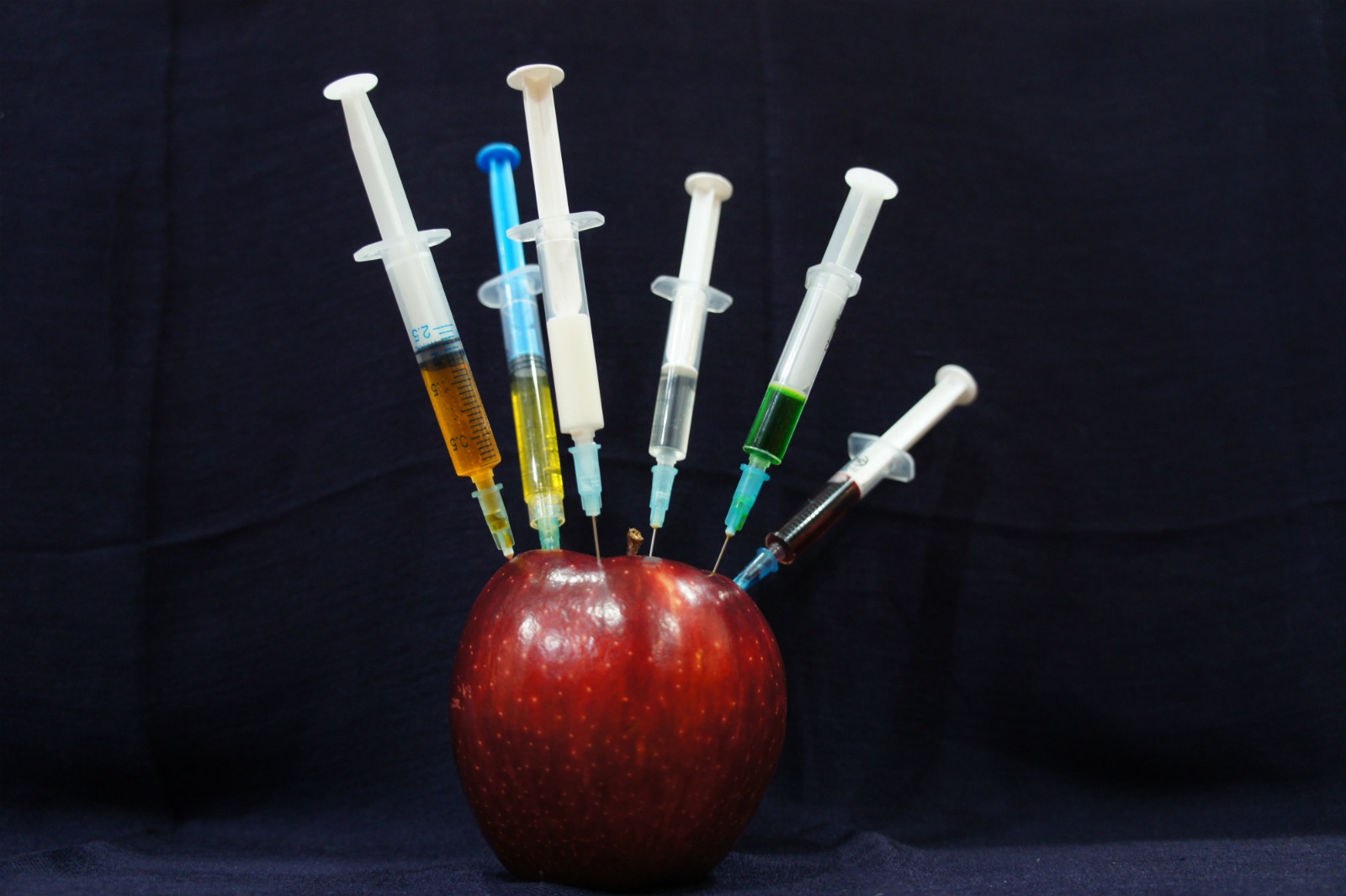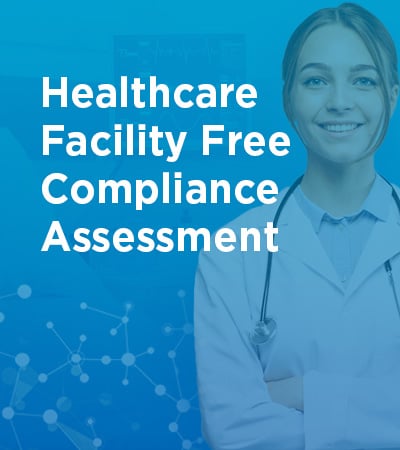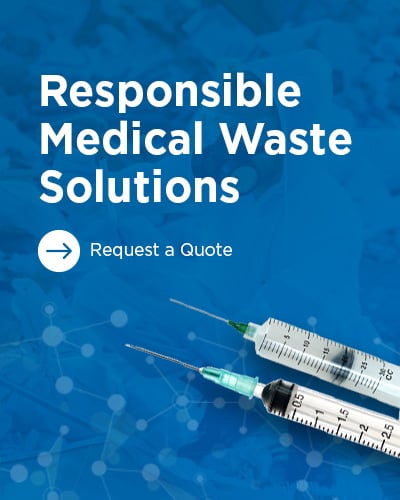
PureWay has started working with many different end users that include patients who self-inject at home, healthcare facilities, nursing facilities and more. It is very important to make sure that sharps are properly secured in a OSHA approved sharps container to avoid needle sticks.
For many individuals, interaction with sharps is an everyday occurrence. Sharps are classified as any device or object used to puncture or lacerate the skin. These include common items such as: hypodermic needles, disposable scalpels and blades, contaminated glass, and some plastics. Once used in this manner, a sharp is now labeled as bio-hazardous waste and must be disposed of properly in a sharps container. In this blog, we are going to discuss the following:
What are sharps?
What are Sharps Containers?
Why are Sharps Containers needed?
Where do you find Sharps Containers?
What are Sharps Containers?
The FDA has cleared certain types of containers for certified sharps container disposal. These plastic containers must be “leak-resistant, remain upright during use, and have a tight-fitting, puncture-resistant lid”. (2) The reasoning behind this heavy amount of regulation is the fact that used sharps are considered to be a bio-hazardous waste. Sharps containers can be either single-use, disposed of along with the sharp inside, or recyclable, which are emptied and sterilized before being returned for use. (1)
Why are Sharps Containers needed?
According to the WHO, more than sixteen billion injections are administered annually worldwide. (3) Individuals with medical conditions such as allergies, arthritis, cancer, diabetes, hepatitis, HIV/AIDS, infertility, migraines, multiple sclerosis, osteoporosis, blood clotting disorders, and psoriasis, require the use of sharps often multiple times a day.
Examples of sharps include:
● Needle – a very fine, slender, hollow piece of metal used to inject medication under the skin.
● Syringe – a device to which a needle is attached in order to inject medication into or withdraw fluid from the body.
● Lancet also called a “finger stick” – instruments with a short, two-edged blade used to get drops of blood for testing. Lancets are commonly used in the treatment of diabetes.
● Auto injector, including epinephrine pens – syringe pre-filled with fluid medication designed to be self-injected into the body.
● Infusion set – tubing system with a needle used to deliver drugs to the body.
● Connection needle/set – a needle that connects to a tube used to transfer fluids in and out of the body. This is generally used for patients on home hemodialysis. (4)
Sharps container disposal is necessary in order for that bio-hazardous material to be safely handled. It’s important that disposed sharps not be forced into the container so that the sides aren’t punctured and needle stick injuries occur. Sharps containers should never be filled past the indicated line, typically two-thirds of the way, in order to prevent these incidents.
Where do you find Sharps Containers?
Any facility such as healthcare, dental, and medical offices that handle sharps, is required to house FDA-certified sharps containers. In addition to medical facilities, many public areas such as airports and restrooms in large institutions also offer sharps containers in order to accommodate the self-injectors. Sharps disposal is heavily regulated, requiring containers to display a bio-hazardous symbol indicating that the material inside is hazardous. Each state regulates the disposal of sharps differently.
It’s important to minimize the amount of contact that an individual has with bio-hazardous material such as sharps waste. For that reason, programs such as sharps mail-back systems exist to take away the issue of finding a reputable disposal location. PureWay Compliance, Inc. has partnered with multiple pharmaceutical companies to proactively provide sharps mail-back systems to their patients who self-inject.
The number of sharps produced annually is steadily growing. Sharps containers are necessary in ensuring that the disposal of that bio-hazardous waste is done safely and efficiently.





